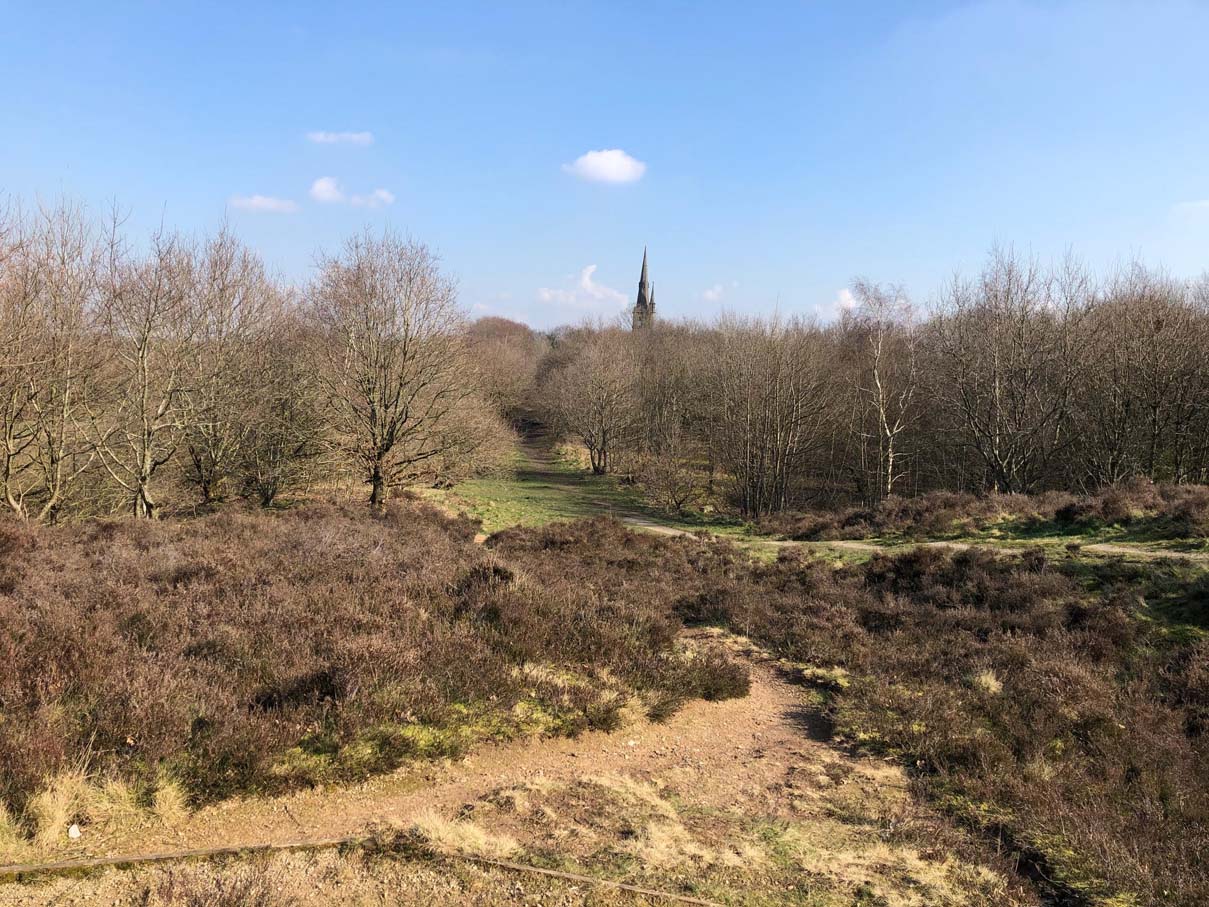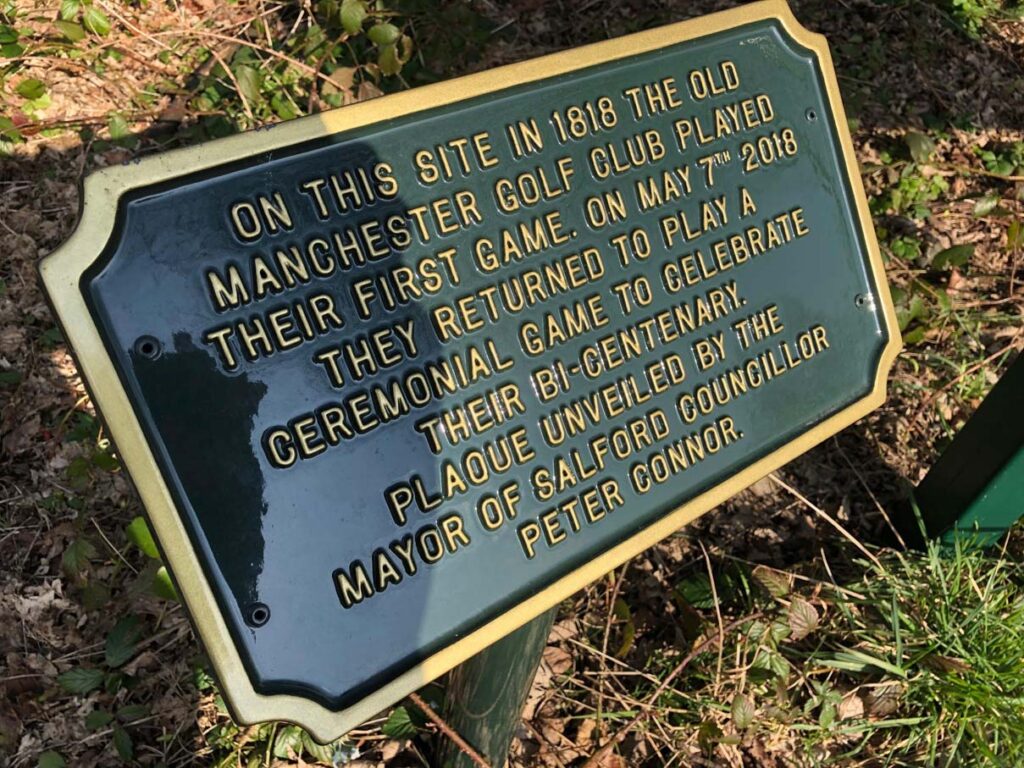
Kersal Moor Local Nature Reserve
In 1838, two Chartist bodies were founded in Manchester – the Manchester Political Union and the Manchester Universal Suffrage Association. On 24 September 1838 a monster meeting was held on Kersal Moor near Manchester. It was the greatest of a series of large-scale Chartist meetings held during the summer of that year and it had a dual purpose. It was intended firstly to demonstrate the strength of Chartism and secondly to elect delegates for the Chartist National Convention. As a demonstration, it was a huge success. It attracted an impressive display of speakers and delegates from all Chartist areas including the London Working Men’s Association, Birmingham, Newcastle and Leeds. John Fielden took the chair and Joseph Rayner Stephens and Feargus O’Connor were the main speakers. Various estimates of the numbers present have been made. The Manchester Guardian estimated an attendance of 30,000 but the Morning Advertiser said that 300,000 were there. Archibald Prentice, after careful calculation reckoned that the true number was 50,000.



Local History
Historic monuments near Kersal Moor Local Nature Reserve
- The Hanging Bridge immediately south of Manchester Cathedral – 4.01 km away
- Lime kiln and associated culvert 50m north of Worsley Methodist Church – 6.84 km away
- Bridgewater Canal’s Barton Aqueduct embankment and retaining walls – 6.62 km away
- Radcliffe Tower and site of hall 100m south west of the parish church in Radcliffe – 5.87 km away
- Wardley Hall moated site, Worsley – 5.81 km away
- Medieval moated site and later fortified manor house known as Bury Castle 100m west of the parish church – 8.93 km away
- Section of an early medieval boundary ditch known as the Nico Ditch in Platt Fields 480m SSE of Platt Hall – 8.52 km away
- Ringley Old Bridge – 6.19 km away
- Clayton Hall moated site – 7.36 km away
- Remains of eastern wall of the Roman fort – 4.75 km away
